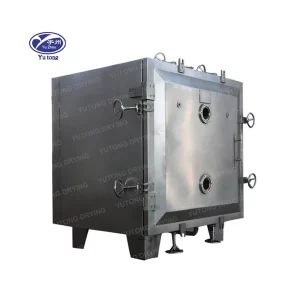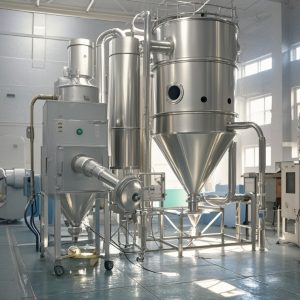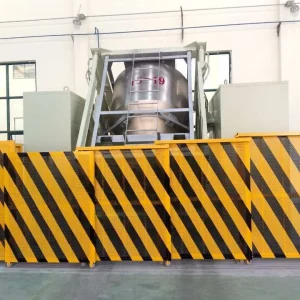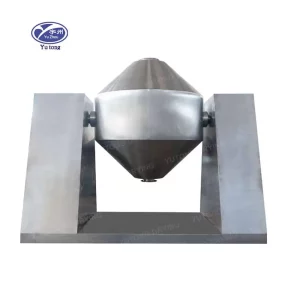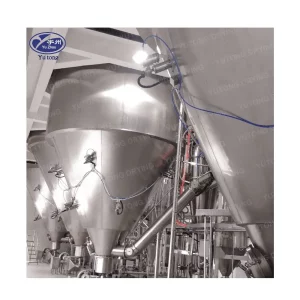Vacuum drying is a specialized drying process that offers several significant benefits across various industries. This method involves removing moisture from a material by subjecting it to a reduced pressure environment, which lowers the boiling point of water and accelerates the drying process.
One of the primary advantages of vacuum drying is the preservation of product quality. Since the drying occurs at lower temperatures compared to conventional drying methods, there is less risk of heat damage to the material being dried. This is particularly crucial for heat-sensitive products such as pharmaceuticals, biological samples, and certain food items. For example, in the pharmaceutical industry, vacuum drying can help maintain the integrity of active ingredients and prevent degradation, ensuring the efficacy and safety of the final product. In the food industry, vacuum drying can preserve the flavor, color, and nutritional value of delicate fruits, vegetables, and herbs.
Another benefit of vacuum drying is the enhanced drying efficiency. By reducing the pressure, the boiling point of water is lowered, allowing moisture to evaporate more quickly. This results in shorter drying times and increased productivity. Additionally, the reduced pressure environment helps to remove moisture more thoroughly, as the vapor pressure differential between the material and the surrounding atmosphere is increased. This can lead to a more complete drying process and a lower final moisture content, which is important for many applications where moisture can cause spoilage, degradation, or reduced performance.
Vacuum drying also offers improved control over the drying process. The reduced pressure environment allows for more precise control of temperature and humidity, enabling operators to fine-tune the drying conditions to meet the specific requirements of the material being dried. This can result in a more consistent and reproducible drying process, which is essential for industries where quality control is critical. For instance, in the electronics industry, vacuum drying is used to remove moisture from sensitive components such as printed circuit boards and semiconductor devices. The precise control offered by vacuum drying helps to ensure that these components are dried evenly and without damage, improving their reliability and performance.
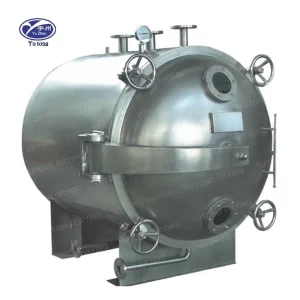
Another advantage of vacuum drying is the ability to handle materials that are difficult to dry using conventional methods. For example, materials with high moisture content, viscous or sticky substances, and materials that are prone to oxidation or degradation can be effectively dried using vacuum drying. The reduced pressure environment helps to prevent oxidation and degradation, while also facilitating the removal of moisture from these challenging materials.
Finally, vacuum drying can offer improved safety compared to some other drying methods. Since the drying occurs at lower temperatures and in a controlled environment, there is less risk of fire or explosion. Additionally, the reduced pressure environment can help to prevent the release of harmful vapors or dust, reducing the risk of exposure to hazardous substances.
In conclusion, vacuum drying offers a wide range of benefits, including preservation of product quality, enhanced drying efficiency, improved process control, reduced energy consumption, the ability to handle difficult materials, and improved safety. These advantages make vacuum drying an important tool in many industries, from pharmaceuticals and food to electronics and materials science. As technology continues to advance, the applications of vacuum drying are likely to expand even further, providing new solutions for drying challenges and contributing to the development of innovative products.

